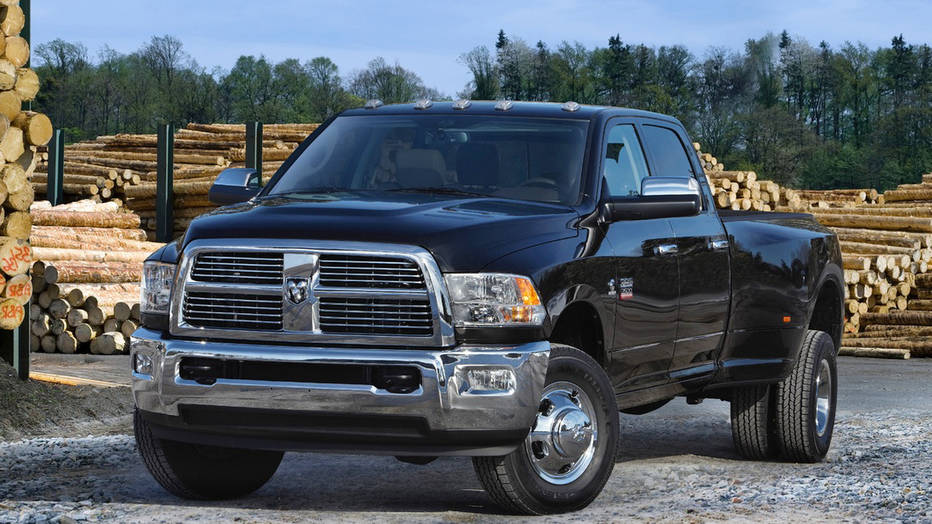
Kelowna Winter Tires and Car and Truck repairs
When it comes to winter driving, the two most important things for your safety are the brakes and the tires. If you live in an area that receives regular icy or snowfall conditions, you need winter tires which will provide you with better traction while you drive around. According to manufacturers, you need winter tires if you regularly experience temperature above 45 degrees Fahrenheit. Experts also recommend that you replace all your regular tires with auto repair Kelowna winter tires to reduce the chances of skidding in the snow and ice.
What is a Winter Tire
Tires whether studded or studless that are engineered to have better traction in extremely slushy, snowy, or icy roads. It is made from softer materials which become more supple and flexible in the cold, making it conform to the contours of the road better. This feature combined with specialized tread designs and deeper tread depths gives these tires better traction. making them perfect for driving in the snow or in extremely cold conditions.
You can easily tell a winter tire since they all have a snowflake and mountain icon on their sidewall. All tires that have been approved as winter tires by the U.S. Tire Manufacturers Association will have the snowflake and mountain peaks icons as proof that they have passed traction tests on snow and ice.
Proper Maintenance Tips for Winter Tires
- Suspension and Wheel Alignment
Winter tires are made of softer rubber, which means that they tend to be more vulnerable to irregular wear from worn parts and suspension. The vertical tilt (camber) and the toe settings (angle of tires) if not set right can result in uneven wearing of your winter tires. To ensure your tires last longer, always use manufacturer recommended settings for the toe and camber, and have your wheels aligned at least twice every year. - Tire Pressure
Underinflated tires not only reduce your vehicles fuel efficiency but can also significantly impact the durability, traction, safety, and handling of your tires in winter. Cold tires typically have lower pressure readings and hence morning is the ideal time to check your tire pressure, just before you head out. Tires will typically lose 1 psi for every 5.6rise drop in temperature. As such, you need to be very careful when coming from a garage to the lower temperatures outside and calculate the tire pressure accordingly. It is always recommended to check the owner’s manual to ensure that you have inflated the winter tires according to the manufacturer instructions.
Replace all Four at the Same Time
If you find that your tread is worn out, some more than others, it is always advisable to replace all tires with similar tires from one manufacturer at the same time. This will ensure that there is no uneven wearing, which can cause traction issues premature wear on other mechanical parts that can result in expensive auto repairs.
Regularly Measure Tread Wear/Depth
In addition to the special compounds that keep the tires supple in the extreme cold of winter, winter tires also have special tread patterns that provide better traction on the slushy and slippery surfaces. Over time the depth of the treads wears out, making your tyres lose their effectiveness in the more serious winter conditions. The tyres are should be replaced once they have 2/32 or approximately 1.6 mm of tread left.
There are two ways to check the tread depth: indicator bars and tire tread depth.
Indicator Bars
Every tire comes with narrow sections of rubber in the grooves of the tire that run from one end of the tire to the other. These grooves called indicator bars are used to tell when the tire exceeds the legal safety limit on tread depth. Winter treads will typically come with deeper tread depths and additional wear indicators. The wear indicators are used to tell when the tread depth is less than 4.8mm or below 6/3. A reading below that means that the performance of the tire on snow is severely diminished and the tire needs to be replaced.
Tread Depth
To keep your tires effective on the winter snow you need to have them be at least 5/32nds deep. At normal tread wear of 2/32, your tires will be very ineffective in the snow and will be susceptible to hydroplaning with very little traction. As such, you need to get new tires when your tire tread goes below 5/32nds. Measure the tread depth all-round the tires as some tires can have uneven wear, which is just as bad on the snow.…







